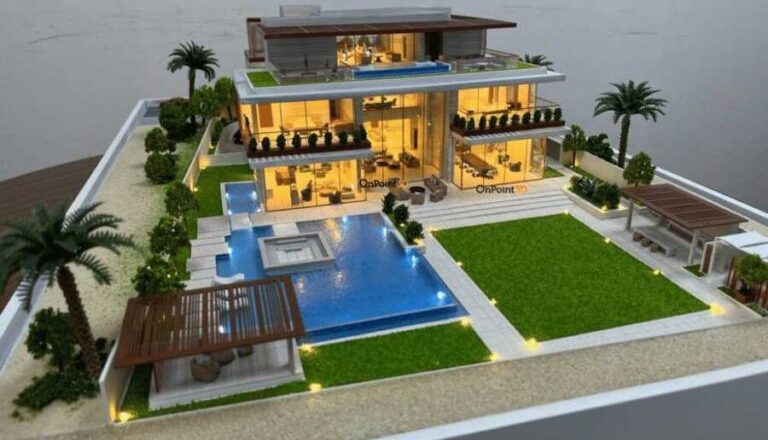Exploring The Different Types Of Architectural Models
Architectural models act as vital tools for visualizing, communicating, and refining design concepts before construction begins. They vary in scale, complexity, and purpose, catering to different stages of the architectural process. Here’s an exploration of the different types of architectural models commonly used by model makers Dubai:
Conceptual models:
Conceptual models are early-stage representations of design ideas and spatial concepts. They are typically abstract and simplified, focusing on the overall form, massing, and spatial relationships of a proposed building or urban development. These models help architects and clients visualize initial design concepts and explore different design options without detailed architectural elements.
Massing models:
Massing models provide a more refined representation of the building’s volume and overall form. They focus on the external shape, scale, and proportions of the structure, often without intricate detailing or interior spaces. Massing models are vital for assessing the visual impact of a building within its context and refining the architectural design based on spatial relationships and environmental considerations.
Presentation models:
Presentation models are highly detailed and visually refined representations used for client presentations, public consultations, or marketing purposes. These models showcase architectural features, materials, textures, and landscaping in accurate detail. Presentation models are meticulously crafted to convey the aesthetic qualities, design intent, and functionality of the proposed building to stakeholders and decision-makers.
Detail models:
Detail models focus on specific architectural elements, such as building facades, interior spaces, or structural details. They are used to highlight intricate design features, material finishes, and construction methods with precision. Detail models assist architects, engineers, and contractors in evaluating technical aspects, resolving design challenges, and ensuring the feasibility of construction details.
Site models:
Site models depict the physical context and surroundings of a building or development project. They include topographical features, neighboring buildings, roads, vegetation, and site infrastructure. Site models help architects and urban planners visualize how the proposed design integrates with its environment, addressing site constraints, circulation patterns, and environmental impact considerations.
Each type of architectural model serves distinct purposes throughout the design and development process, from initial concept exploration to detailed construction planning and stakeholder engagement. By choosing the appropriate type of model based on project requirements, architects can effectively communicate design ideas, refine architectural solutions, and ensure the successful realization of their vision in built form.
